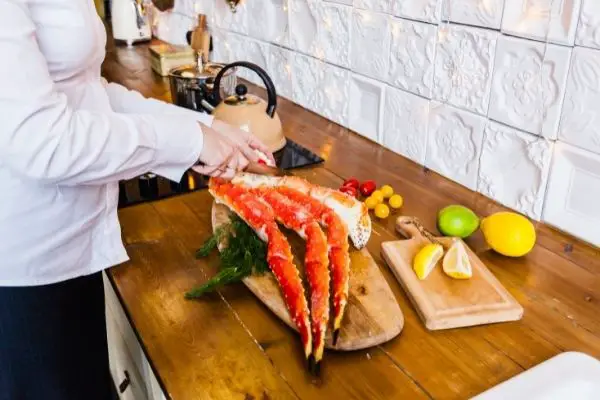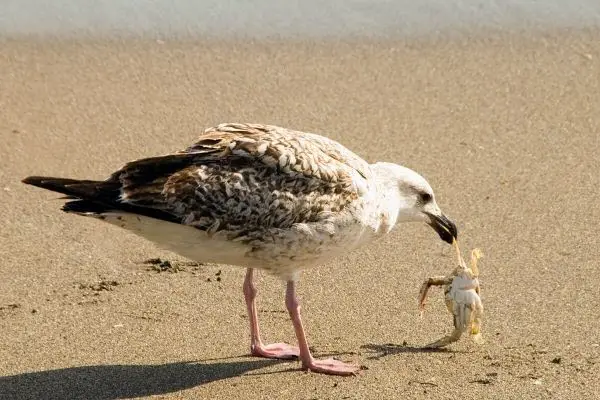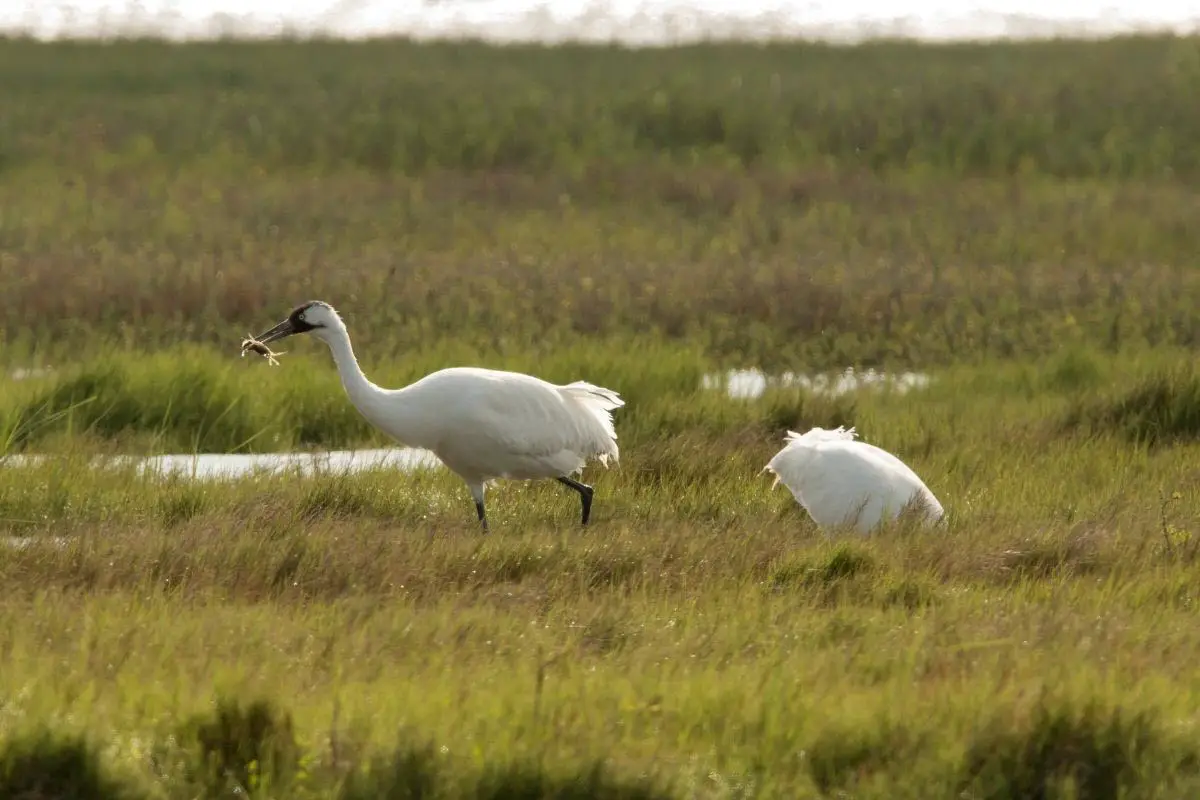How To Compost Crab Shells (Don’t Let It Go To Waste!)
Kitchen waste is a tough subject for many eco-conscious households. And there are few meals that produce as much waste as a feast of crab legs.
Unfortunately, there’s not much you can do to eliminate this waste (aside from cutting crab and other seafood from your diet). But you can put those leftover crab shells to very good use in your garden!

Crab shells are 100% compostable. Plus, they include a variety of beneficial nutrients that your compost heap and garden beds are sure to love.
Composting crab shells is quick and easy as long as you know a few simple tips! Here’s everything you need to know to turn those empty shells into rich fertilizer:
Can You Compost Crab Shells?
Yes! Crab shells are biodegradable and completely safe to add to your compost bin. So there’s no need to throw the waste from your seafood dinner in the regular garbage where it will just end up in a landfill.
Benefits of Composting Crab Shells
If your goal when composting is to create sustainable fertilizer for your garden, we have great news! Crab shells contain several awesome nutrients and compounds that will benefit your plants down the road:
Calcium
Crab shells are naturally very high in calcium. Plants rely on calcium to produce strong cell walls and fight many common diseases.
Phosphorous
Phosphorus is one of the main building blocks of plant life. It aids in photosynthesis and genetic reproduction, among other things. Phosphates are found in almost all chemical fertilizers but crab shells are another wonderful source.
Magnesium
Speaking of photosynthesis, this essential plant process literally cannot occur without the presence of magnesium. Crab shells are a natural alternative to the magnesium-containing fertilizers found at your local garden center.
Chitin
While calcium, phosphorus, and magnesium are all essential to healthy plant growth, crab shells are far from the only source of these nutrients. The same cannot be said for a carbohydrate known as chitin.
Chitin is naturally found in crab shells (and other seafood). When added to compost or soil, it encourages the growth of certain beneficial bacteria and enzymes. In turn, these bacteria and enzymes deter harmful organisms like fungi, nematodes, and soil-borne insects.
Soil or compost that contains high amounts of chitin is naturally pesticidal. And, most importantly, it will not harm any other wildlife or your garden plants.
How To Compost Crab Shells

Since crab shells are compostable, you can rest easy and enjoy your seafood dinners guilt-free!
But it’s not enough to toss your empty crab shells in the compost and call it a day. If you want to compost crab shells effectively and safely, we recommend following a few simple steps for the best results:
- Clean crab shells thoroughly. While crab shells are safe to compost, the meat and fat are not. These materials could throw off the balance of your compost pile, resulting in odor or an influx of pests.
- Wash off excess salt. Seafood contains high amounts of salt. Salt won’t necessarily harm a traditional compost pile but it also isn’t beneficial. On the other hand, too much salt can be disastrous for a worm bin or another vermiculture setup.
- Crush the shells into small pieces. Crab shells will take notably longer to decompose than other compostable materials, including salad greens and lawn clippings. Breaking apart the shells into as small of pieces as possible will speed up the composting process significantly.
- Distribute crab shells throughout your compost. It may not be enough to crush the shells into very small pieces. You should also mix the pieces into the existing compost rather than letting the crab shells sit in large clumps.
- Maintain a balanced compost heap. You can’t create healthy compost out of just one material. For the best results, pair crab shells with other compostable kitchen scraps. Be sure to include carbon-rich materials like dead leave, cardboard, or wood chips as well.
Frequently Asked Questions
Are crab shells a green or brown material?
Compostable materials are categorized as either green or brown. Crab shells are a green material.
These terms can be deceiving because not all items bear the “correct” color. Instead, whether something is green or brown depends on its carbon and nitrogen content.
Can you compost lobster shells?

Yes! Lobster shells are very similar to crab shells in terms of how they decompose and what nutrients they contain. Follow the same guidelines you would when composting crab shells to safely repurpose these seafood scraps.
Can you compost shrimp shells?
Again, yes! Shrimp shells are compostable and contain many of the same benefits as both crab and lobster shells.
To prevent odors, boil the shrimp shells in water followed by drying them in the oven. This simple process will clean the shells of any remaining meat or fat.






